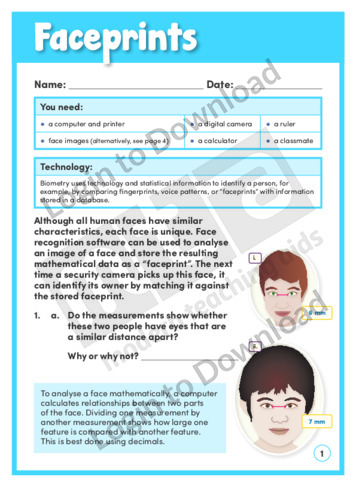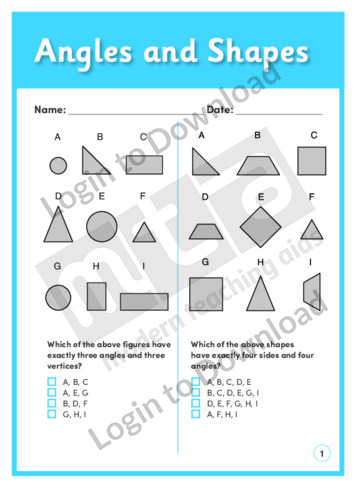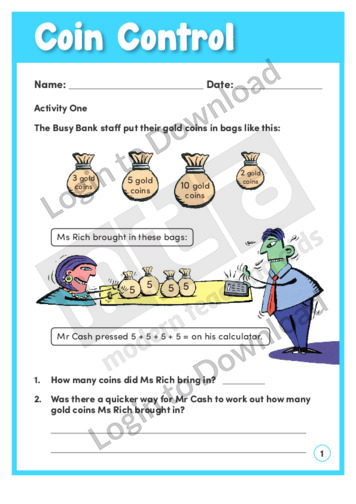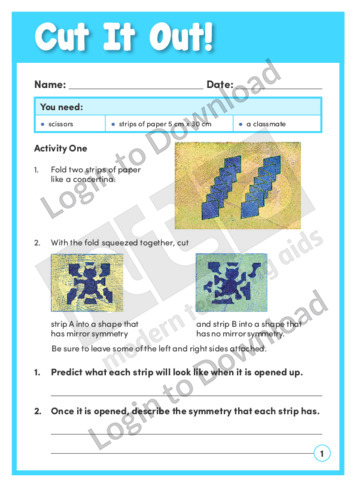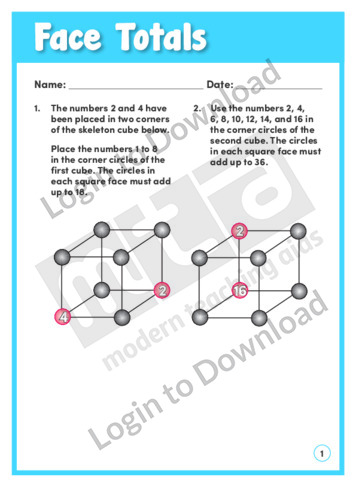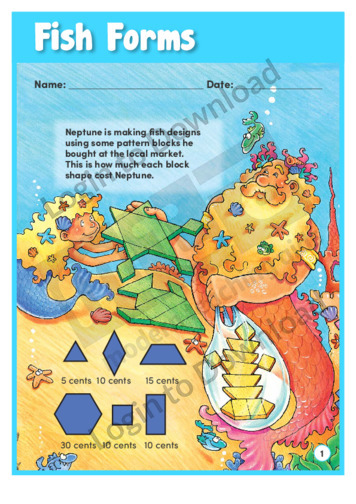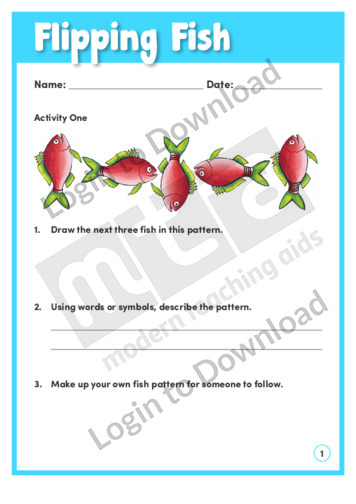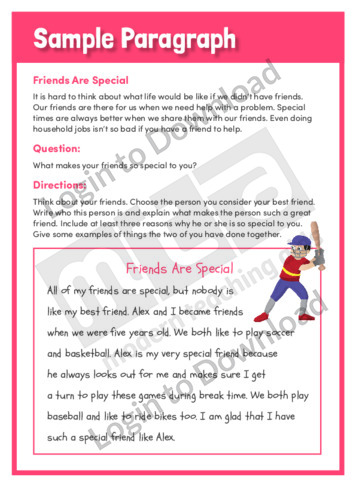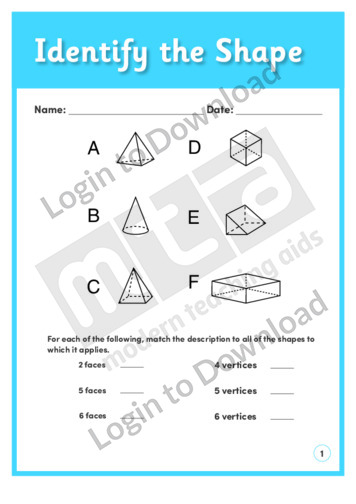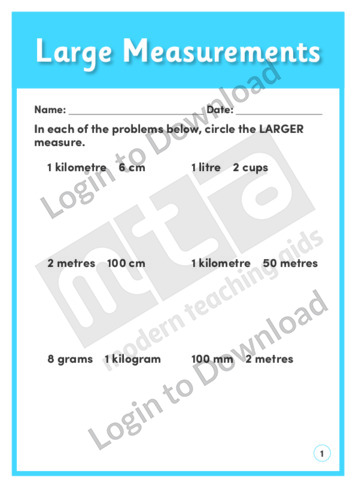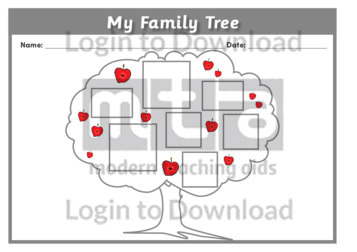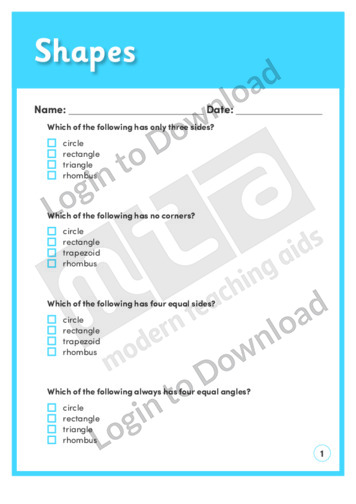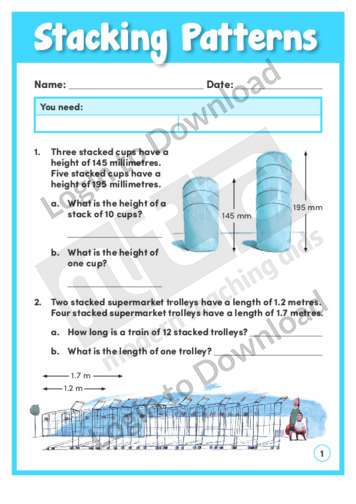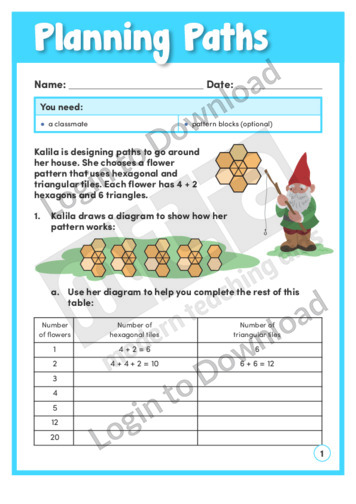The activity, ‘Faceprints’ explains how facial measurements are used to identify individuals, for example in airport screening systems. Students can make measurements of their own faces and compare the results. This activity includes comprehensive teaching notes to be read before beginning the activity with students, as they feature useful background information and suggestions for supporting …More
This geometry worksheet, ‘Angles and Shapes’ allows for practice describing 2D shapes. Answer sheet provided with file download.
In this learning activity, ‘Coin Control’, students must add up bags of gold coins at the Busy Bank. The aim is for students to connect operations of repeated addition with multiplication. An answer sheet is provided and includes teaching notes with suggestions for supporting learning and further exploration.
The learning activity ‘Cut It Out!’, includes a learning activity that gives students opportunities to explore different kinds of symmetry. They fold and cut paper strips to discover the symmetry formed, and explain how it was made. An answer sheet is provided and includes teaching notes with suggestions for supporting learning and further exploration.
In the addition activity ‘Face Totals’ students add numbers on the corners of solid 3-D objects to find the face values of the sides of each object. Students can work alone or collaboratively as they solve the problems, exploring ways to find possible answers. An answer sheet is provided and includes teaching notes with suggestions …More
This geometry worksheet, ‘Figures and Shapes’ allows for practice describing 3D shapes. Answer sheet provided with file download.
In the learning activity, ‘Fish Forms’ students calculate the values of different fish-forms that have been made from geometric shapes. Each shape has an assigned monetary value. Students need to identify the shapes and used strategies to find the total value of each fish form. An answer sheet is provided and includes accompanying teaching notes …More
The learning activity ‘Flipping Fish’ provides two activities for practising a sequential pattern. In the first activity, there are two variables to consider. In the second activity, students uncover the fascinating Fibonacci sequence. An answer sheet is provided and includes accompanying teaching notes with suggestions for supporting learning and further exploration.
This writing prompt exemplar, ‘Friends Are Special’ provides a writing model for the students. It encourages students to think about friends and what makes them special and is aimed at broadening students’ writing and language skills.
This geometry worksheet, ‘Identify the Shape’ allows for practice describing 3D shapes. Answer sheet provided with file download.
This measurement worksheet, ‘Large Measurements’ allows for practice using appropriate techniques, tools and formulas when measuring. Answer sheet provided with file download.
This graphic organiser, ‘My Family Tree’ introduces students to the concept of organising connections between family members using the visual representation of a tree. Students are prompted to add names or drawings of their family into the boxes that are clustered together. This is a great resource to scaffold more complex hierarchical family trees.
This geometry worksheet, ‘Shapes’ allows for practice naming 2D shapes. Answer sheet provided with file download.
The learning activity, ‘Stacking Patterns’ uses some everyday stacking situations to pose word problems. Students need to identify the rule for continuing a sequential pattern in order to determine the height or length of the stacks. An answer sheet is provided and includes accompanying teaching notes with suggestions for supporting learning and further exploration.
In the learning activity, ‘The Magic Fish Hooks’, a legendary river monster helps some men catch fish. Students have to use number properties to work out the relative values of the fish when they are traded for sweet potatoes. This activity includes comprehensive teaching notes to be read before beginning the activity with students, as …More
In ‘Planning Paths’, students calculate the numbers of two kinds of tiles needed to build paths of different lengths. The learning activity helps students to explore patterns that have repeated spatial sequences, and to create their own patterns. An answer sheet is provided and includes comprehensive teaching notes for supporting learning and further exploration.
It�s that easy!

